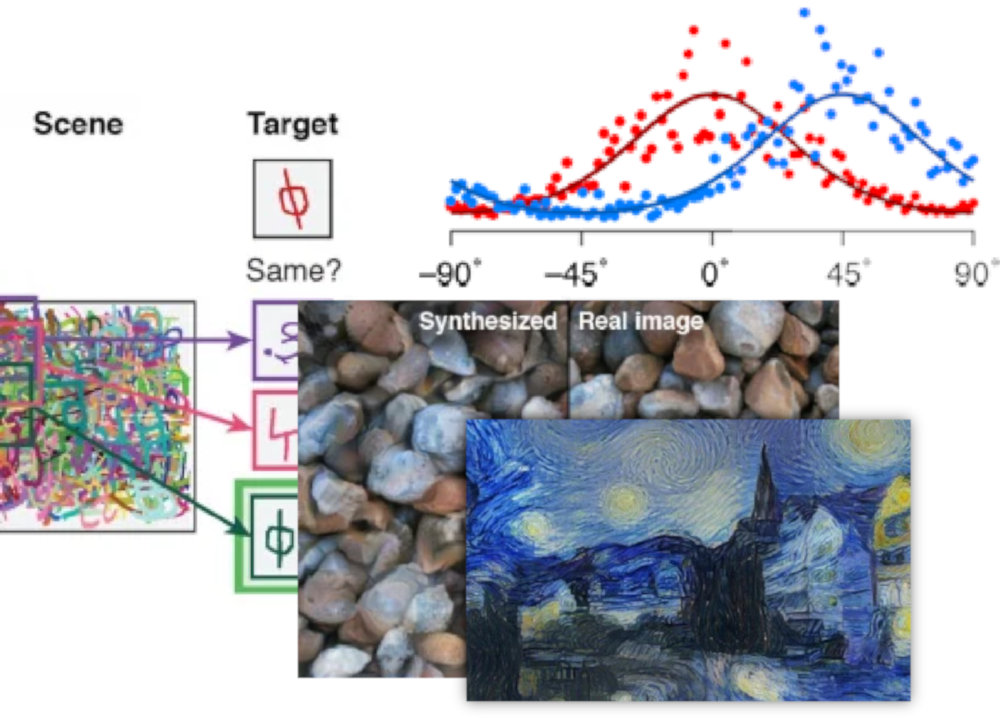M. Weis, S. Papadopoulos, L. Hansel, T. Lüddecke, B. Celii, P. Fahey, E. Wang, J. Bae, A. Bodor, D. Brittain, J. Buchanan, D. Bumbarger, M. Castro, F. Collman, N. da Costa, S. Dorkenwald, L. Elabbady, A. Halageri, Z. Jia, C. Jordan, D. Kapner, N. Kemnitz, S. Kinn, K. Lee, K. Li, R. Lu, T. Macrina, G. Mahalingam, E. Mitchell, S. Mondal, S. Mu, B. Nehoran, S. Popovych, R. Reid, C. Schneider-Mizell, H. Seung, W. Silversmith, M. Takeno, R. Torres, N. Turner, W. Wong, J. Wu, W. Yin, S. Yu, J. Reimer, P. Berens, A. Tolias, A. Ecker
Nature Communications, 2025
show abstract
Neurons in the neocortex exhibit astonishing morphological diversity, which is critical for properly wiring neural circuits and giving neurons their functional properties. However, the organizational principles underlying this morphological diversity remain an open question. Here, we took a data-driven approach using graph-based machine learning methods to obtain a low-dimensional morphological “bar code” describing more than 30,000 excitatory neurons in mouse visual areas V1, AL, and RL that were reconstructed from the millimeter scale MICrONS serial-section electron microscopy volume. Contrary to previous classifications into discrete morphological types (m-types), our data-driven approach suggests that the morphological landscape of cortical excitatory neurons is better described as a continuum, with a few notable exceptions in layers 5 and 6. Dendritic morphologies in layers 2–3 exhibited a trend towards a decreasing width of the dendritic arbor and a smaller tuft with increasing cortical depth. Inter-area differences were most evident in layer 4, where V1 contained more atufted neurons than higher visual areas. Moreover, we discovered neurons in V1 on the border to layer 5, which avoided deeper layers with their dendrites. In summary, we suggest that excitatory neurons’ morphological diversity is better understood by considering axes of variation than using distinct m-types.
@article{weis2025unsupervised, title: {An unsupervised map of excitatory neurons' dendritic morphology in the mouse visual cortex}, author: {M. Weis, S. Papadopoulos, L. Hansel, T. Lüddecke, B. Celii, P. Fahey, E. Wang, J. Bae, A. Bodor, D. Brittain, J. Buchanan, D. Bumbarger, M. Castro, F. Collman, N. da Costa, S. Dorkenwald, L. Elabbady, A. Halageri, Z. Jia, C. Jordan, D. Kapner, N. Kemnitz, S. Kinn, K. Lee, K. Li, R. Lu, T. Macrina, G. Mahalingam, E. Mitchell, S. Mondal, S. Mu, B. Nehoran, S. Popovych, R. Reid, C. Schneider-Mizell, H. Seung, W. Silversmith, M. Takeno, R. Torres, N. Turner, W. Wong, J. Wu, W. Yin, S. Yu, J. Reimer, P. Berens, A. Tolias, A. Ecker}, year: {2025}, journal: {Nature Communications}, }

